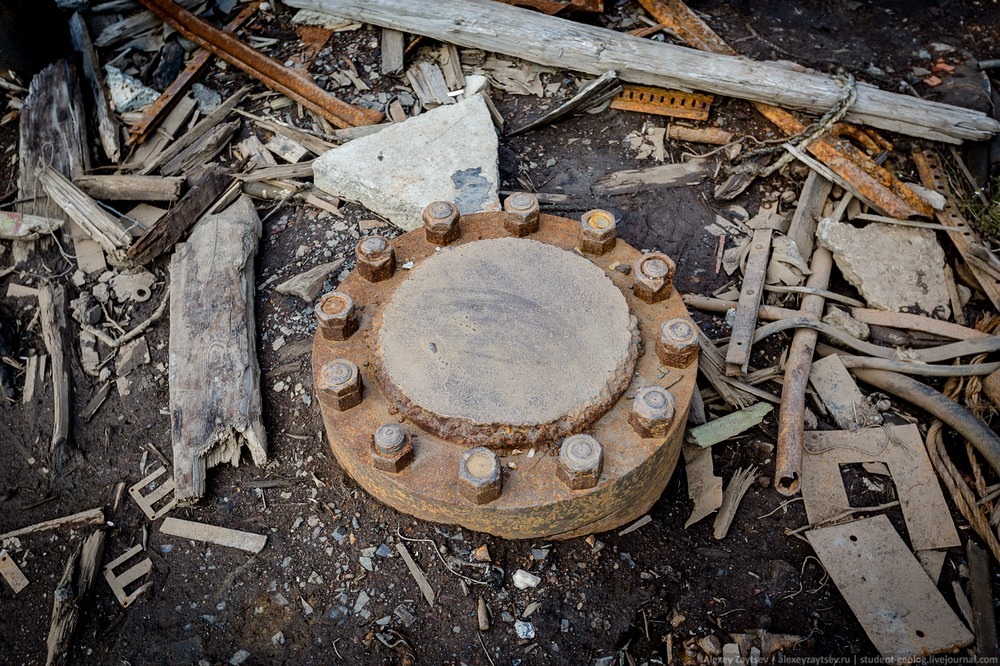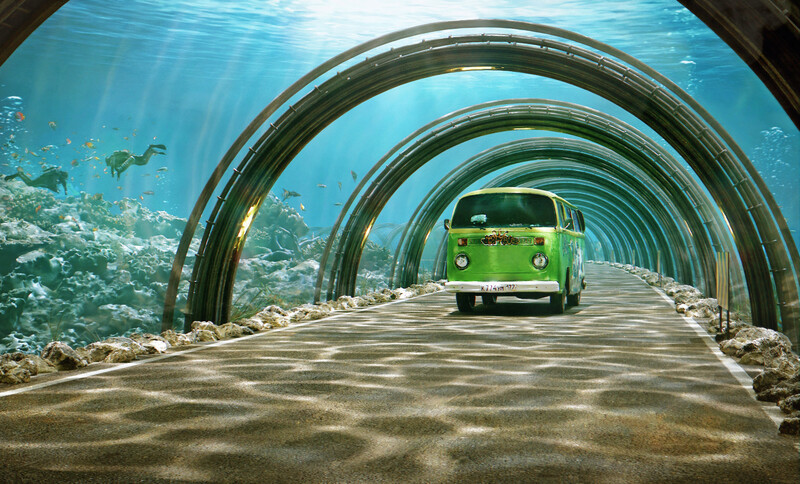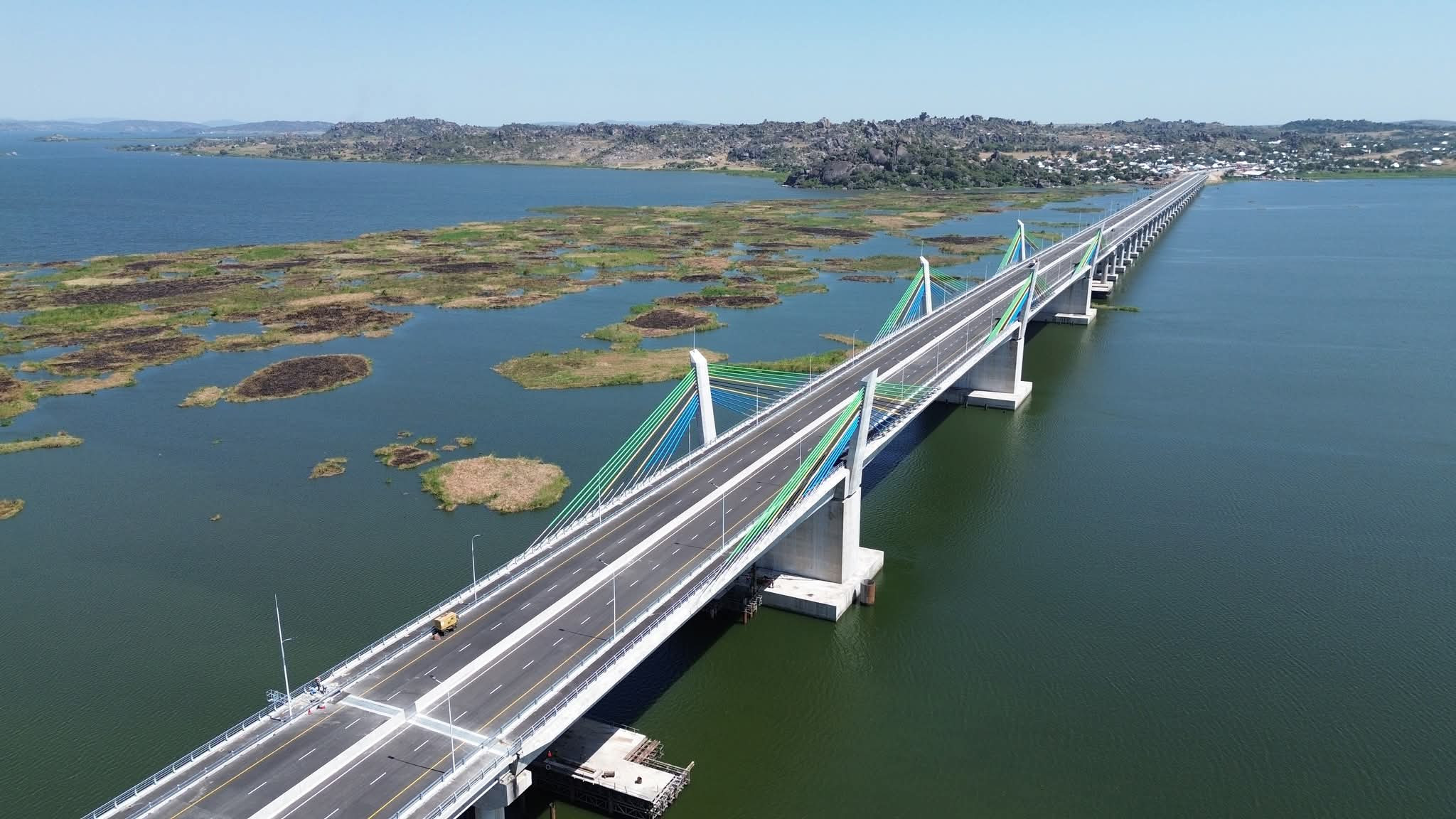KOLA SUPERDEEP BOREHOLE: Meet the Deepest Hole in the World

Did you know that the Kola Superdeep Borehole in Russia is the deepest hole in the world, deeper than the Mariana Trench (the deepest point of the ocean) and its depth is the height of Mount Everest and Mount Fuji placed on top of one another?
In 1958, Americans launched Project Mohole, a plan to retrieve a sample from Earth's mantle by drilling to the bottom of the ocean off Guadalupe Island in Mexico. With funds from the National Science Foundation, they drilled 601 feet (183 meters) into the seabed before the project was pulled in 1966 by the U.S. House of Representatives.
Twelve years later, in 1970, the Soviets launched their attempt, drilling into Earth in Murmansk, Russia, just outside the Norwegian border near the Barents Sea. This hole became known as the Kola Superdeep Borehole and it was more successful, penetrating much deeper into Earth and collecting samples that still wow scientists today.
However, the Kola Superdeep Borehole never reached beyond Earth's crust, but it remains the deepest hole ever dug. According to Dr. Ulrich Harms, the director of the German Scientific Earth Probing Consortium at the German Research Centre for Geosciences in Potsdam, Germany, said the project was "To address key scientific questions" that could give answers to some of science's biggest mysteries about its planet.
The Kola Superdeep Borehole runs about 40,230 feet (12,262 meters) or 7.6 miles (12.2 kilometers) into Earth's surface. For perspective, the hole's depth is the height of Mount Everest and Mount Fuji placed on top of one another. It's also deeper than the deepest point of the ocean, the Mariana Trench, located in the Pacific Ocean at a depth of 36,201 feet (11,034 meters) below sea level.
For perspective, Earth's outermost layer — the ground we stand on — called the continental crust, is about 25 miles (40 kilometers) thick. The next layer, the mantle, continues for another 1,800 miles (2,896 kilometers). The outer core extends about 1,400 miles (2,250 kilometers) before reaching Earth's inner core, a hot, dense, mostly iron ball with a radius of about 758 miles (1,220 kilometers).
So, while the deepest artificial point is impressive, it is surprisingly shallow compared to Earth's depth. In total, Kola only penetrates about a third of Earth's crust and 0.2 percent of the entire distance to the center of Earth. And even at that it took years to drill.
Drilling at Kola began on May 24, 1970. The goal was to go as far as possible, which scientists at the time expected to be about 9.3 miles (15 kilometers). By 1979, the project had broken all world records for man-made holes when it surpassed about 6 miles (9.5 kilometers).
In 1989, drilling reached a depth of 40,230 feet (12,262 meters) vertically below Earth's surface. It is the deepest point ever reached. That's when temperatures in the well increased from the expected 212 degrees Fahrenheit (100 degrees Celsius) to 356 degrees Fahrenheit (180 degrees Celsius).
Engineers also discovered, as they plowed past the first 14,800 feet (4,511 meters), that the rock had much more porosity and permeability. That, paired with the extremely high temperatures, made the rock behave more like a plastic than a solid, rendering drilling virtually impossible.
These temperatures were beyond the capabilities of their drilling equipment, and although the Soviets pressed on until 1992, they never got any deeper than the depth reached in 1989. Drillers had no choice but to discontinue the effort, falling short of their 9.3-mile (15-kilometer) goal. The drill site was officially shut down and the hole sealed in 2005.
Other attempts have been made through the years by other countries including Germany, Austria and Sweden. None of those holes are deeper than the Kola Superdeep Borehole, though some were longer, having veered off their vertical courses.
Scientists discovered a lot from the Kola Superdeep Borehole. For starters, they realized they needed to update the temperature map for the Earth's interior since they encountered temperatures much higher than expected. They were also blown away that there was no transition from granite to basalt, a boundary geologists call "Conrad discontinuity," which was reasoned to exist based on results of seismic-reflection surveys.
SOURCE: Why Did the Russians Seal Up the Deepest Hole in the World? By: Jennifer Walker-Journey published on howstuffworks
#penglobalfactfile #KolaSuperdeepBorehole


_1755775186.jpg)
